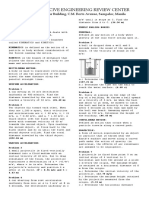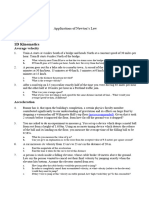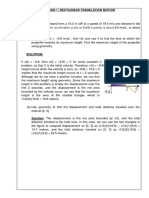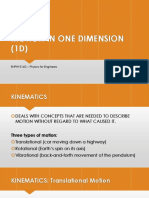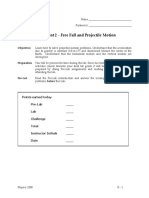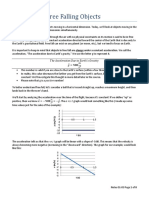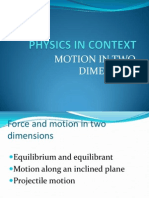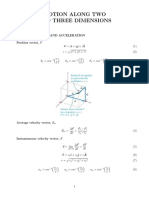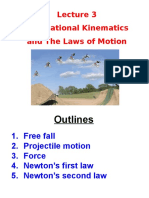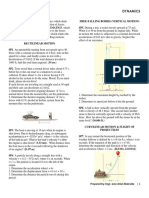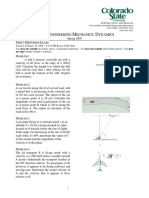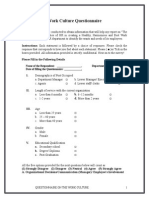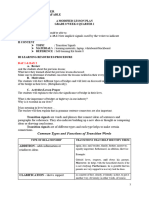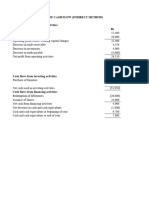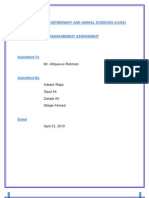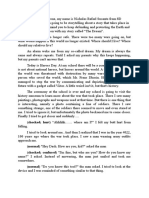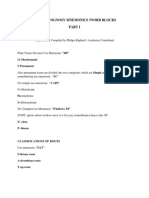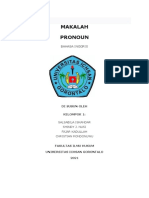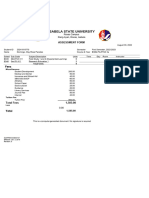0% found this document useful (0 votes)
99 views4 pagesMODULE+2 Compressed
The document covers kinematics, focusing on free-falling bodies and projectile motion, with various practice problems involving calculations of velocity, position, and acceleration under constant gravitational influence. It includes examples of motion in two or three dimensions, relative velocity, and applications in real-world scenarios like a Mars rover and a motorcycle stunt rider. The document is structured to help students understand and apply kinematic equations and concepts in physics.
Uploaded by
Mark Lawrence DigaCopyright
© © All Rights Reserved
We take content rights seriously. If you suspect this is your content, claim it here.
Available Formats
Download as PDF, TXT or read online on Scribd
0% found this document useful (0 votes)
99 views4 pagesMODULE+2 Compressed
The document covers kinematics, focusing on free-falling bodies and projectile motion, with various practice problems involving calculations of velocity, position, and acceleration under constant gravitational influence. It includes examples of motion in two or three dimensions, relative velocity, and applications in real-world scenarios like a Mars rover and a motorcycle stunt rider. The document is structured to help students understand and apply kinematic equations and concepts in physics.
Uploaded by
Mark Lawrence DigaCopyright
© © All Rights Reserved
We take content rights seriously. If you suspect this is your content, claim it here.
Available Formats
Download as PDF, TXT or read online on Scribd
/ 4

